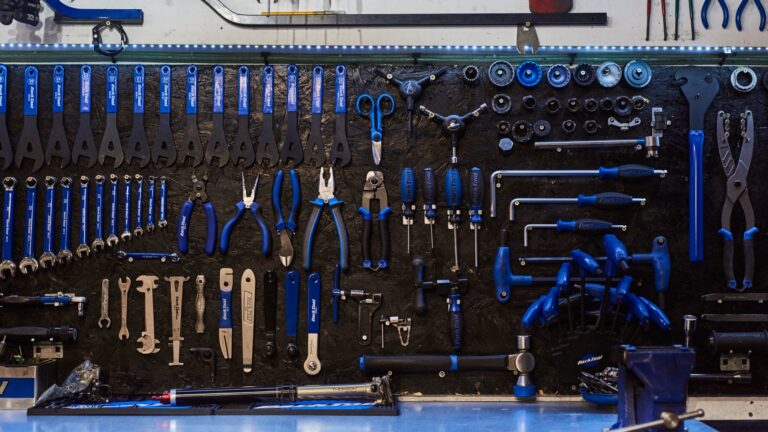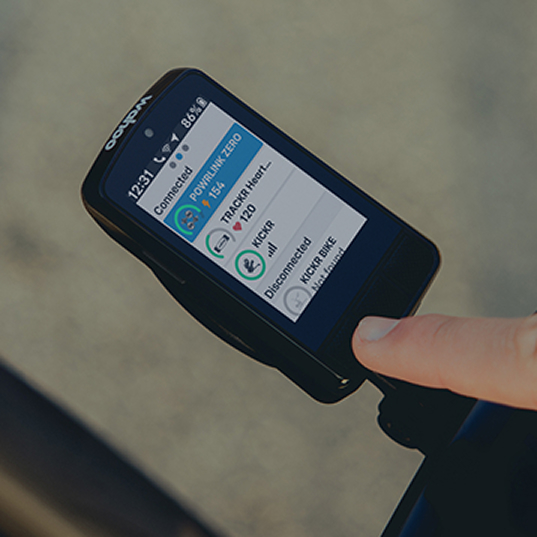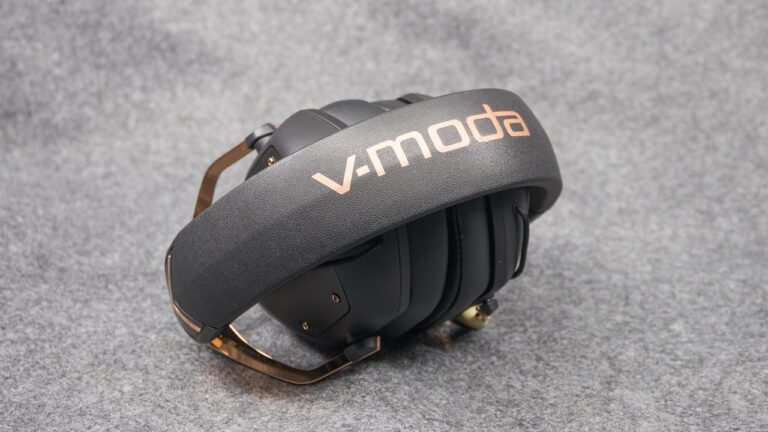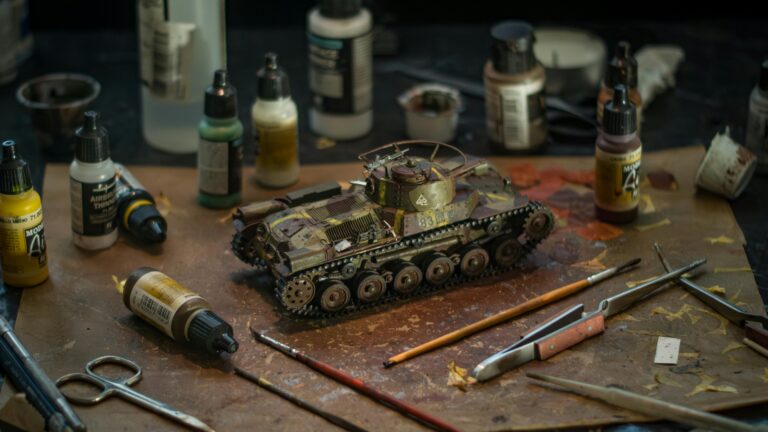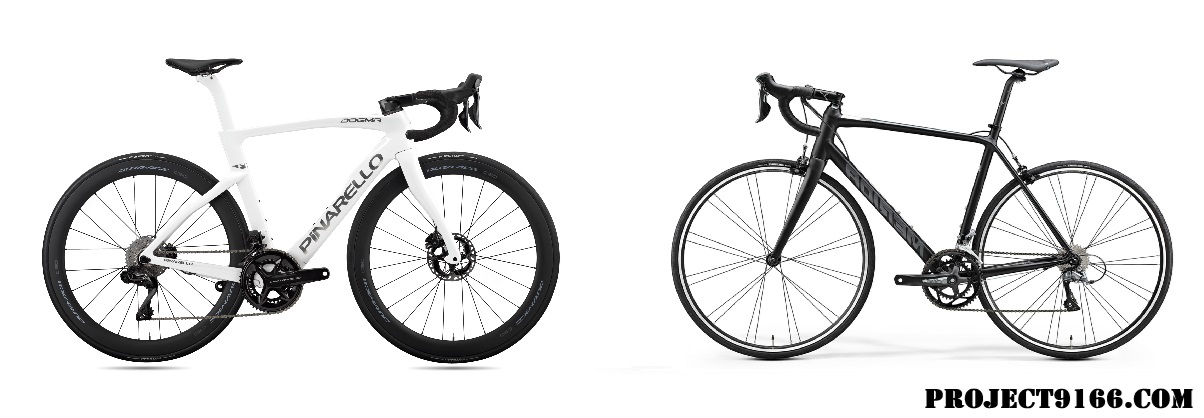
Introduction
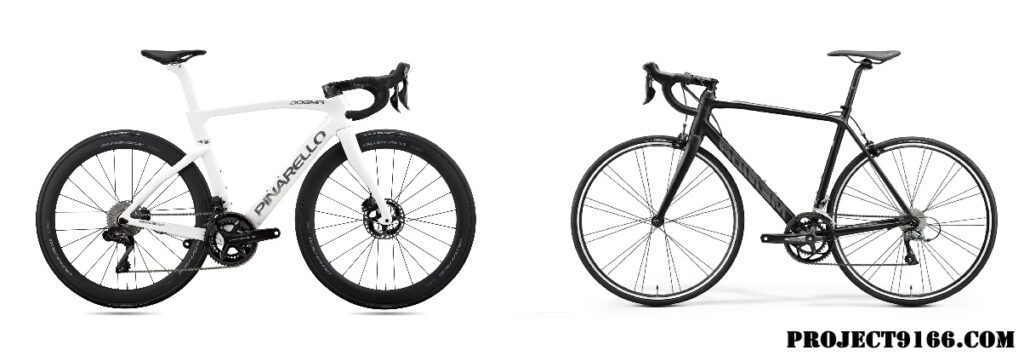
Do you really need pro-level cycling gear to ride faster or is entry-level equipment enough? Many cyclists wonder where to spend and where to save. The Entry-Level vs Pro Cycling Gear debate isn’t just about price. It’s about performance, durability, and value for your riding goals. In this guide, we’ll compare both options in detail so you can make the smartest choice for your budget and style of riding.
What Counts as Entry-Level vs Pro Cycling Gear?
Before comparing, let’s define what we mean:
- Entry-Level Gear – Affordable, practical, and durable. Ideal for beginners or riders who don’t want to overspend.
- Pro Cycling Gear – High-end equipment made with premium materials. Optimized for performance, weight savings, and aerodynamics.
👉 Question: Do you really need pro-level upgrades, or will entry-level gear cover most of your rides?
Entry-Level vs Pro Cycling Gear: Bikes
- Entry-Level Bikes: Usually made of aluminum, with heavier but reliable components. Perfect for training, commuting, or casual rides. Like the Giant Contend 3.
- Pro Bikes: Built with carbon fiber, electronic shifting, and lightweight wheels. Designed for racing and performance gains. Such as the Canyon Ultimate CF SL.
💡 If you’re riding under 200 km per week, an entry-level bike offers great value. But if you’re racing or climbing big mountains, a pro setup pays off.
Entry-Level vs Pro Cycling Gear: Helmets and Safety
- Entry-Level Helmets: An entry-level helmet like the Giro Isode is safety-certified and budget-friendly.
- Pro Helmets: Ultra-light comfort and aerodynamics, consider the pro Kask Valegro.
Both meet safety standards. The key difference is comfort and weight.
Entry-Level vs Pro Cycling Gear: Apparel
- Entry-Level Jerseys & Bibs: entry-level options like the Decathlon Triban Jersey are comfortable for shorter rides.
- Pro Apparel: Castelli Aero Race Jersey for wicking, compression, and reduced drag.
👉 Question: Is shaving a few watts of drag worth spending triple the price?
Entry-Level vs Pro Cycling Gear: Wheels
- Entry-Level Wheels: Sturdy alloy, affordable, and reliable. Great for training. Entry-level alloy wheels like Fulcrum Racing 5 are durable and affordable
- Pro Wheels: Lightweight carbon, aerodynamic, and stiff for power transfer. Expensive but impactful for racing. Pro-level carbon wheels, such as Zipp 303 Firecrest, are lighter, stiffer, and optimized for speed.
For many cyclists, upgrading wheels gives the biggest performance jump.
Entry-Level vs Pro Cycling Gear: Shoes & Pedals
- Entry-Level Shoes: Like Shimano RP1 offer nylon soles and good comfort
- Pro Shoes: DMT Pogi’s carbon-soled shoes maximize power transfer, especially on climbs and sprints.
The difference is noticeable on climbs and sprints.
Cost Breakdown: Where to Spend and Where to Save
- Spend on comfort: A good helmet, quality bib shorts, and shoes.
- Save on performance gear if you’re not racing, entry-level bikes and wheels are more than enough for most riders.
Real-World Scenarios
Weekend Rider
Entry-level gear will keep you comfortable and safe without overspending.
Amateur Racer
Mix and match, pro wheels and shoes paired with an entry-level bike is a cost-effective way to upgrade.
Competitive Cyclist
Every watt matters. Pro-level gear makes sense for serious performance goals.
Conclusion: Entry-Level vs Pro Cycling Gear – Which Wins?
When it comes to Entry-Level vs Pro Cycling Gear, the right choice depends on your riding style. Entry-level gear gives unbeatable value for casual and training rides. Pro gear shines when every second counts.
👉 If comfort and budget matter, go entry-level.
👉 If performance and racing matter, go pro.
Either way, the key is to invest wisely where it makes the biggest impact on your ride.
